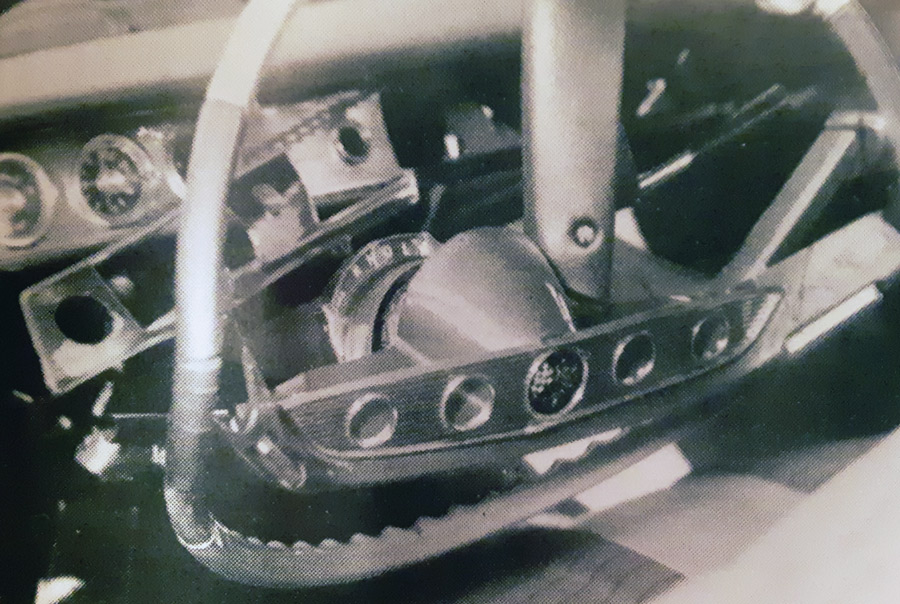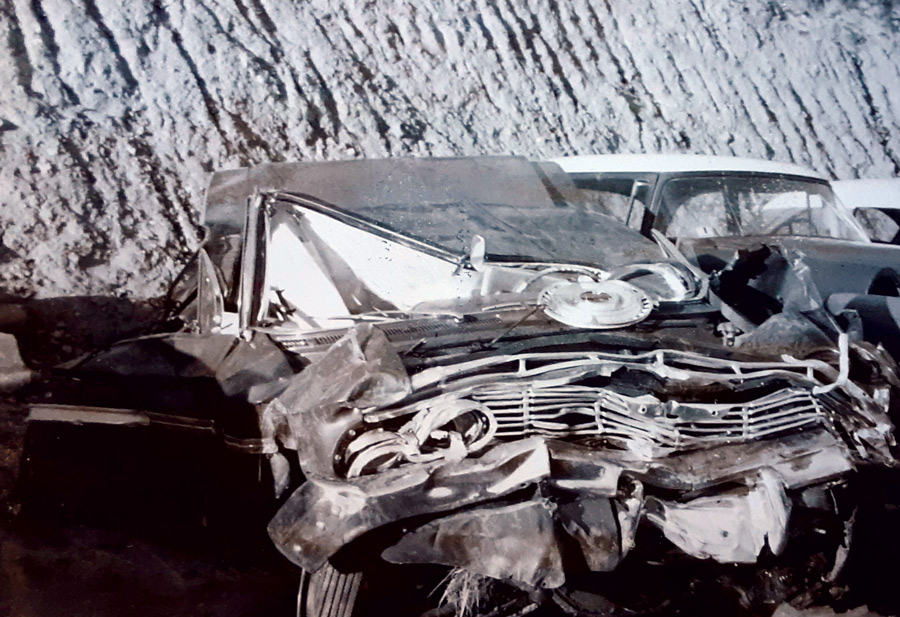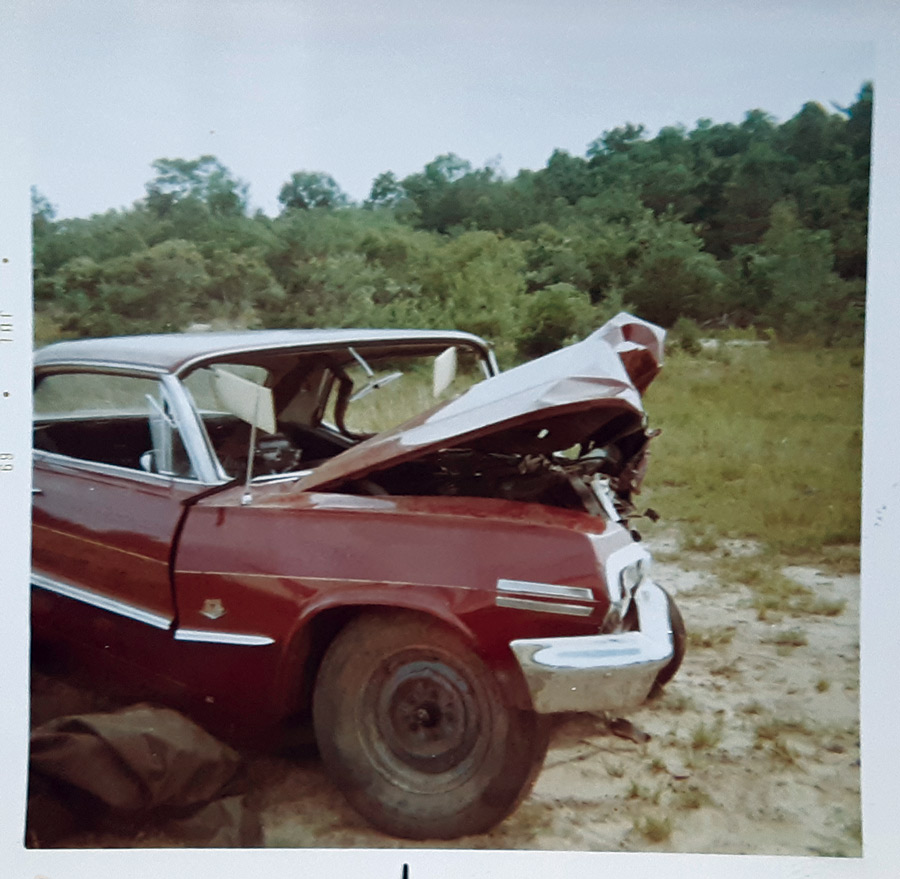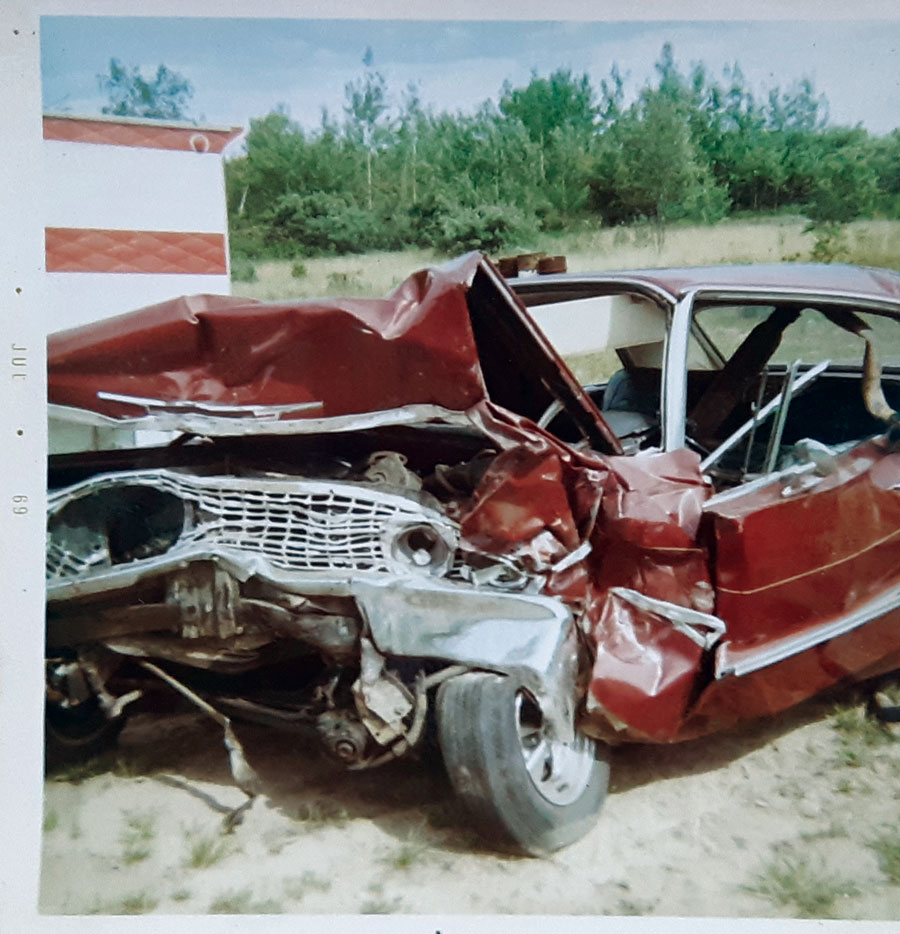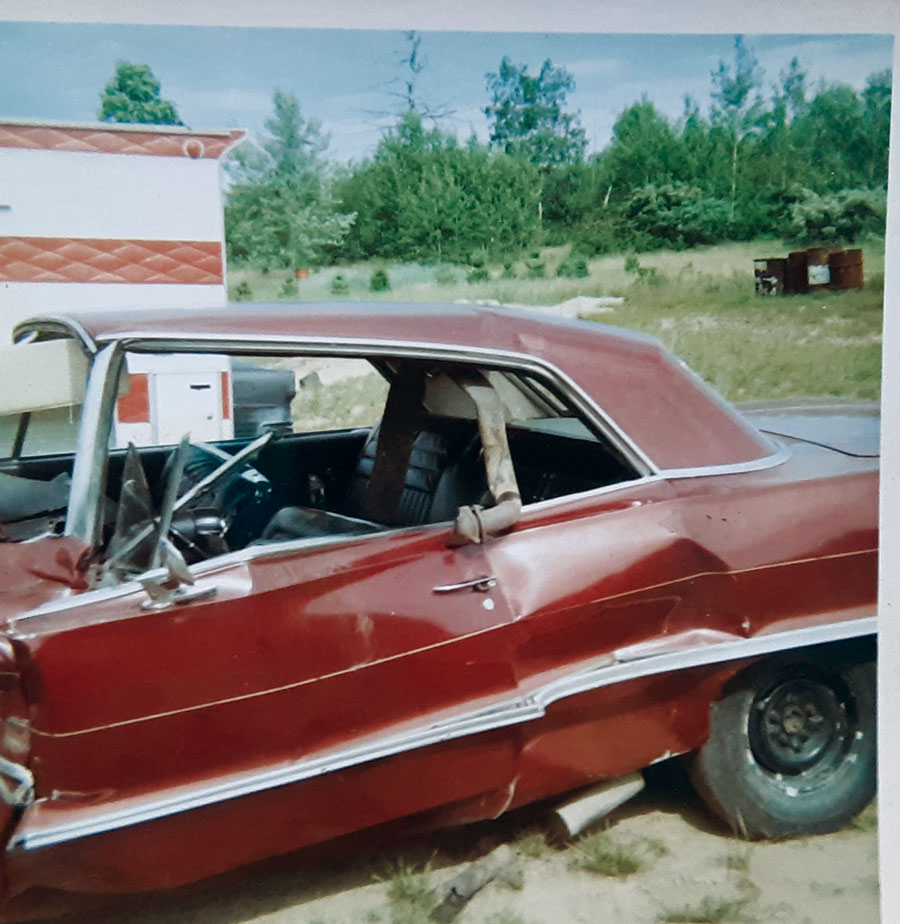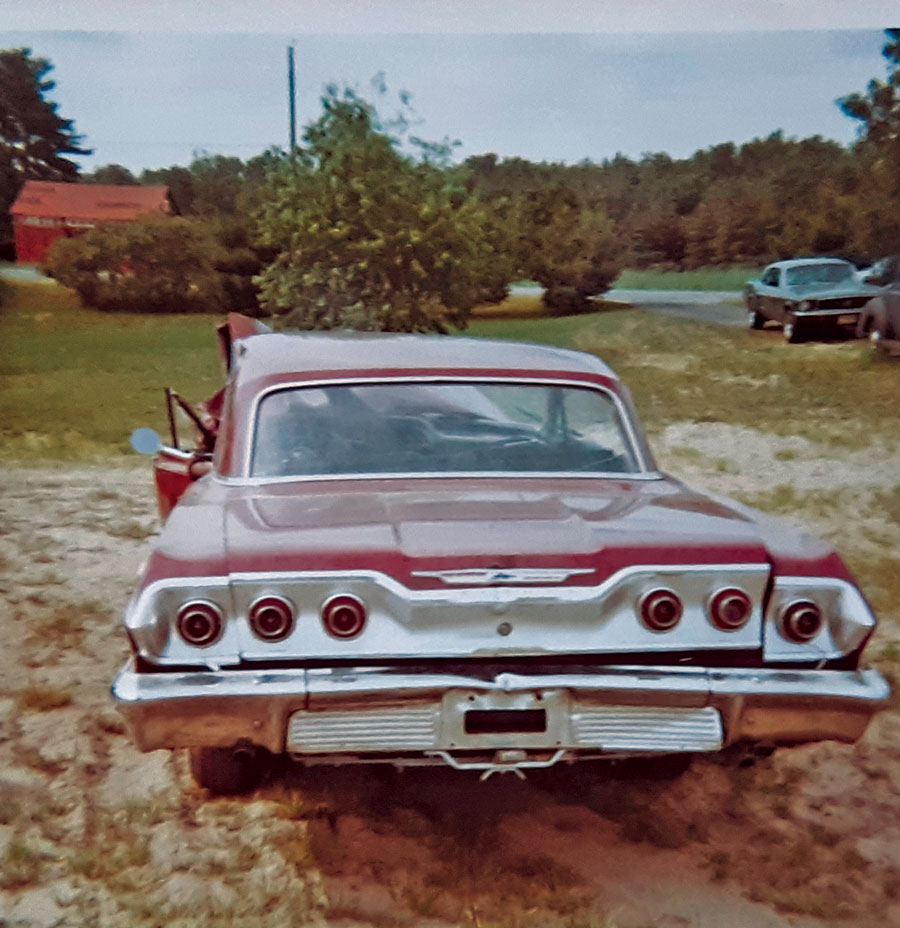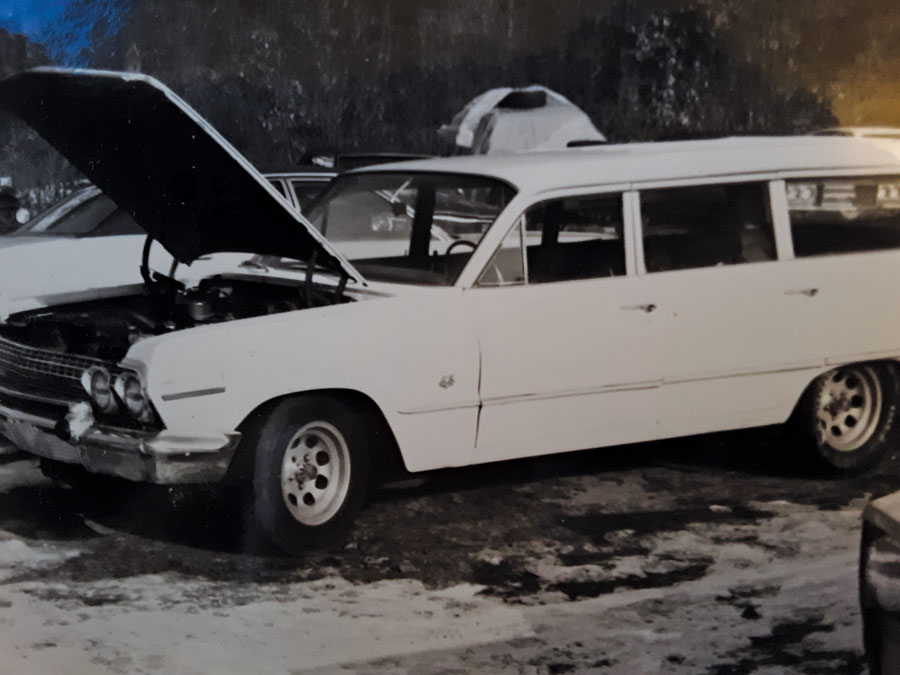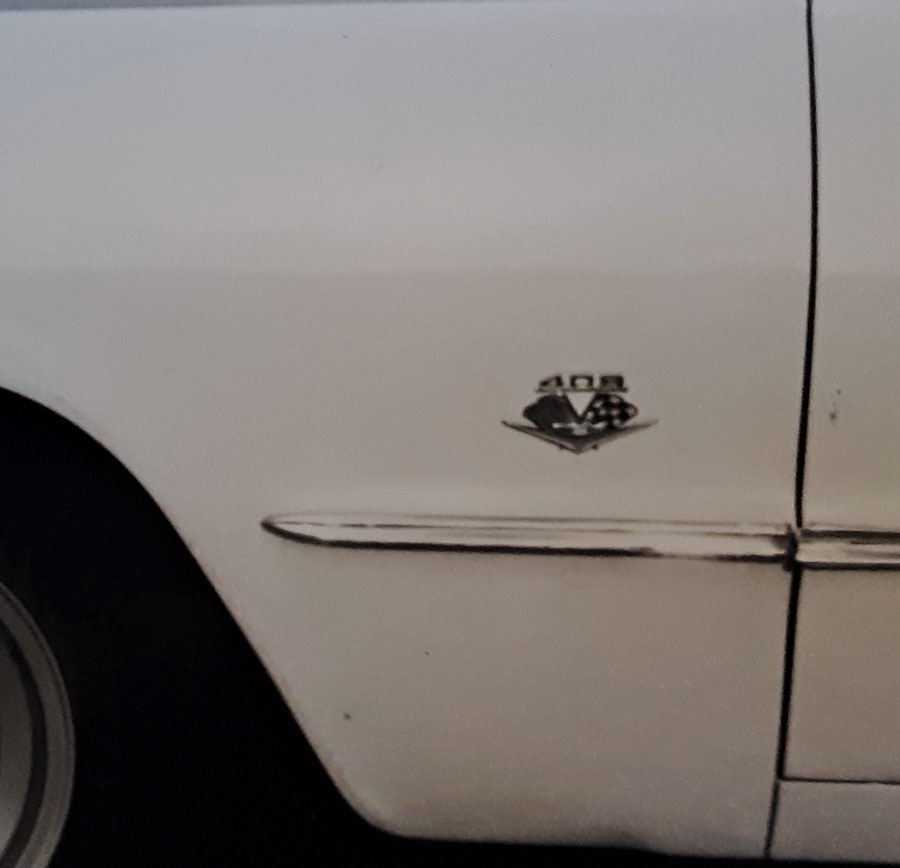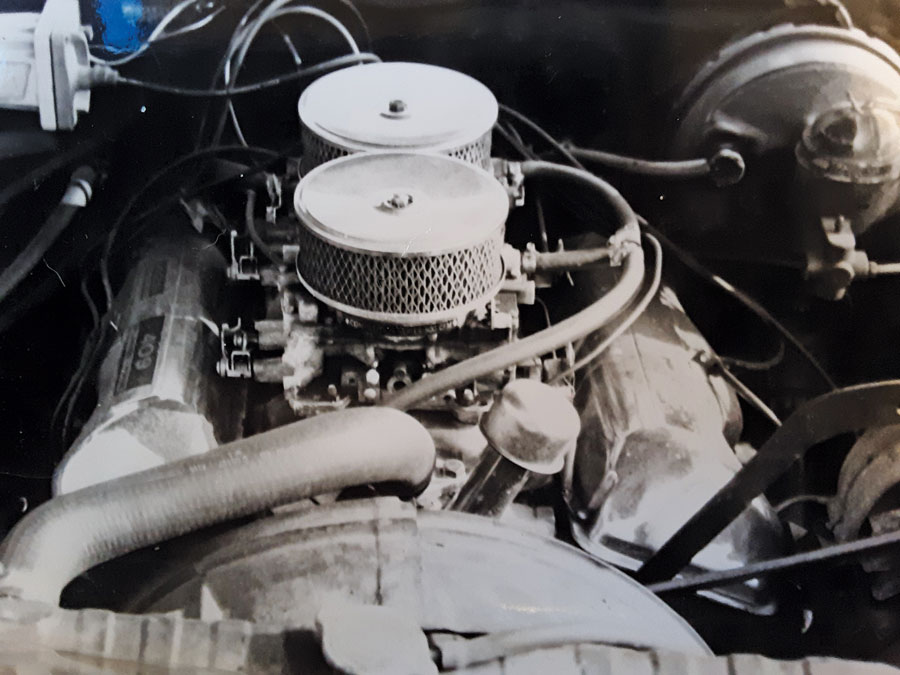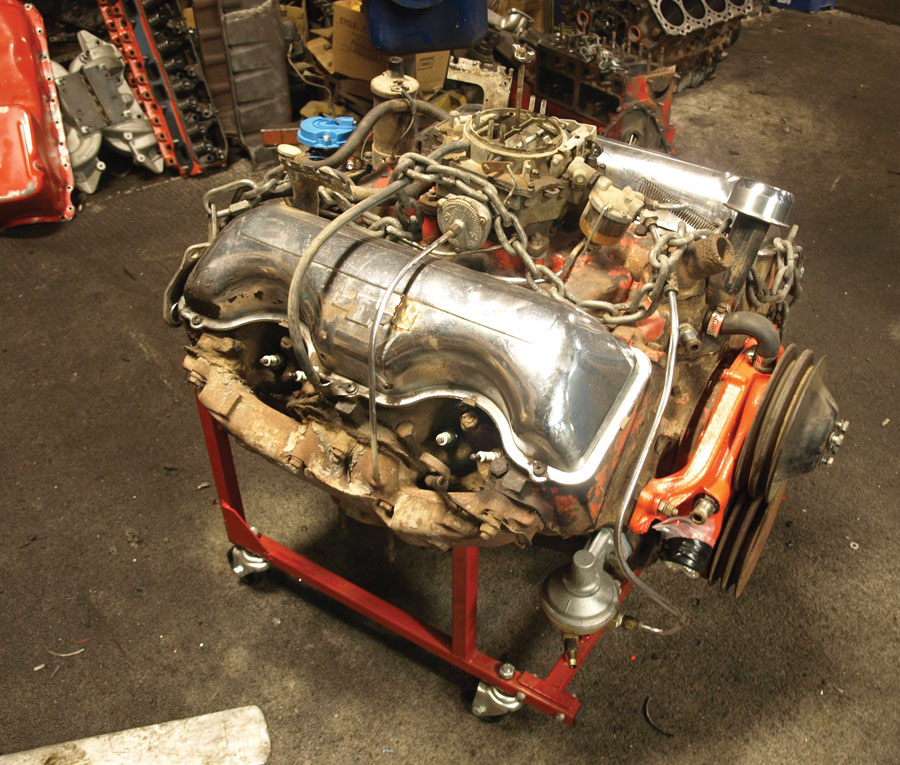 Bowtie Boneyard
Bowtie Boneyard
 Photography BY THE AUTHOR
Photography BY THE AUTHORhen Chevrolet unveiled the 1958 passenger car lineup, the public was astonished to see that the entire passenger car line (except Corvette) sat nearly 3 inches lower than the 1957s. At the time this was a big deal since all of Detroit was caught up in a race to be the longest, lowest, and widest. The key detail that allowed the new 1958s to sit so low was the novel X-frame they rode on.
Unlike the conventional perimeter frame found under the 1957s, by pinching the side rails together around the driveshaft tunnel—and splitting the driveshaft into two nearly equal halves—the floorpan’s footwells sank closer to the ground without losing any ground clearance. And a lower floorpan allowed for lower cowl height and roof line measurements.
Chevy continued the use of this novel X-frame (and two-piece driveshaft) through the 1964 model year. In this edition of the Bowtie Boneyard let’s examine some X-frame Chevys that met with unfortunate ends on the highways and byways of America, and explore the 348/409 W-motor’s many moods.
